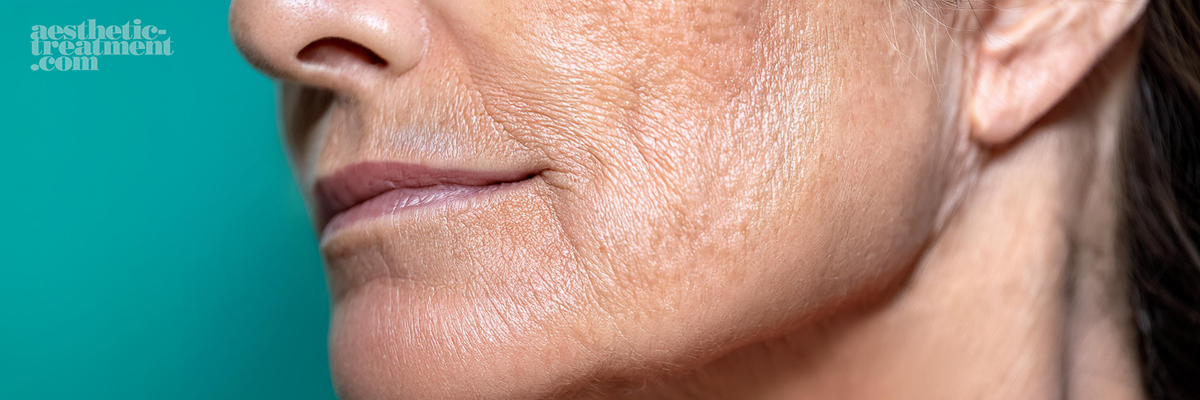How IPL Works for Facial Pigmentation
Light-Based Treatment IPL devices emit broad-spectrum light that penetrates the skin’s surface. Unlike lasers, which use a single wavelength of light, IPL delivers multiple wavelengths that scatter within the skin. This allows IPL to target various chromophores (color-producing molecules), including melanin, the pigment responsible for dark spots and uneven skin tone.

Targeting Pigmented Areas When the light from the IPL device hits areas of excess pigmentation, the melanin absorbs the light energy, causing it to break down into smaller particles. These particles are then naturally eliminated by the body’s lymphatic system. As the treated skin heals, it gradually becomes clearer and more even in tone. IPL is particularly effective for treating superficial pigmentation issues, such as sunspots and freckles, but can also address more diffuse pigmentation concerns like melasma.
Collagen Stimulation In addition to targeting pigmentation, IPL also stimulates collagen production. The heat generated by the light energy triggers the skin’s natural healing process, leading to increased collagen production. This not only helps to improve skin texture and firmness but also enhances the overall appearance of the skin by reducing fine lines and promoting a smoother, more youthful complexion.
